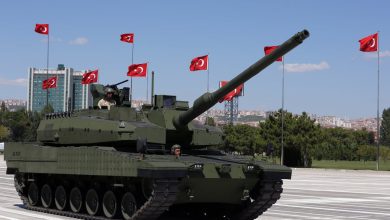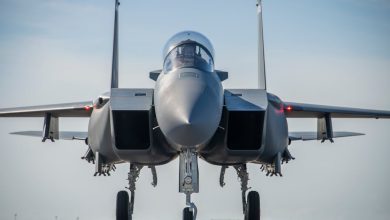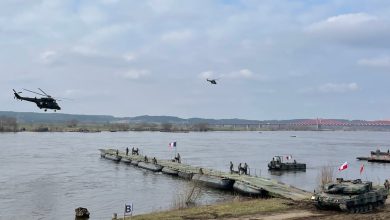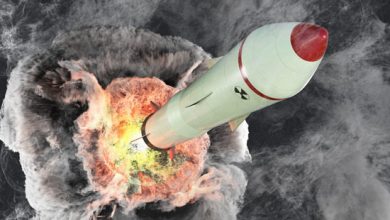Pakistan wields Chinese weapons against India, and analysts take notes
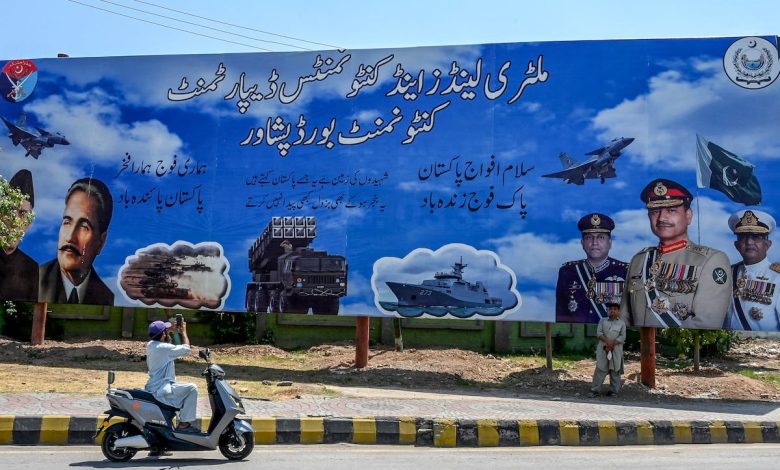
CHRISTCHURCH, New Zealand — The outbreak of hostilities between India and Pakistan was short but sharp, including a long-range air battle on the night of May 6-7.
One of its most intriguing aspects was the confrontation between modern Chinese and Western weapons.
Pakistan relies heavily on Chinese-designed or manufactured weapons, whereas India fields an array of Russian and Western equipment.
Amid the fog of war, verifiable information is difficult to come by, as drones crisscrossed the border and aircraft traded beyond-visual-range missiles, said Brendan Mulvaney, director of the China Aerospace Studies Institute affiliated with the U.S. Air Force.
But he assessed that the conflict, christened Operation Sindoor by India, “clearly proves that Chinese-made equipment, even the export versions, are modern and capable, and are going to be a force to be contended with in the future, beyond just the borders of China.”
This skirmish essentially represented a testing ground for opposing weapons in a contemporary, real-world conflict. Lessons and performances will be carefully scrutinized by the two participants, as well as suppliers like China and France.
India and Pakistan declared a ceasefire on May 10.
Beijing is Pakistan’s primary supplier of military equipment. This includes more than half its 400-odd fighters, primarily the JF-17 but also the J-10C.
According to the Stockholm International Peace Research Institute (SIPRI), China has sold Pakistan $8.2 billion in arms since 2015. China was the world’s fourth-largest arms exporter from 2020-24, and Pakistan was China’s top customer. Islamabad consumed 63% – nearly two thirds – of Chinese weapon sales in that period.
“At this point it does look like a J-10C using a PL-15E shot down a Rafale,” Mulvaney said, referring to the French-made fighter jet in Indian service. “There are reports of other planes being shot down, on both sides,” he said, but admitted it is hard to confirm these claims’ veracity.
Both sides are reticent to acknowledge losses.
Social media contains photos of wreckage from Chinese-made PL-15E air-to-air missiles recovered by India. Mulvaney described the weapon as “modern, capable and largely equivalent to anything that the Indians could bring to bear, and it has a decent range, even the export version.”
Pakistani-owned Chinese aircraft and weapons “did what we’d expect them to do, and performed completely within what our assessments have been,” he added. “But we can’t make any comparative assessments at this point.”
India flew three different kinds of fighters, and it possesses fewer aids such as early-warning aircraft. This potentially advantages the Pakistan military in this kind of short-lived encounter.
Besides long-range aerial engagements, both sides also launched drones and cruise missiles against enemy infrastructure, bringing air-defense systems into play.
Pakistan depends on air defense equipment like Chinese-built long-range HQ-9, medium-range LY-80 (HQ-16) and short-range FM-90 (HQ-7) missile systems, whereas India fields the likes of the Russian S-400 and indigenous Akash.
China was swift to trumpet the superiority of its kit. For example, the China Academy, which describes itself as an “intellectual content network dedicated to helping global audiences understand China”, published an effusive op-ed praising Beijing’s tech prowess.
The author, Hu Xijin, extrapolated, “This would mark one of the most convincing real-world performances of Chinese weapons on the global stage – and a breakthrough moment for China’s military industry.”
Such hyperbole is premature, but Mulvaney pointed out “there’s no reason to think this won’t give China a credibility boost, which could lead to further sales around the globe.”
Chietigj Bajpaee, senior research fellow for South Asia at Chatham House, warned that China’s position “is far from neutral in terms of what its actions will be” in the coming days, weeks and months.
“If we see signs of this tension between India and Pakistan escalating to a broader conventional conflict, or even a potential nuclear conflict, I think it’ll play a more hands-on role,” he added.
Gordon Arthur is an Asia correspondent for Defense News. After a 20-year stint working in Hong Kong, he now resides in New Zealand. He has attended military exercises and defense exhibitions in about 20 countries around the Asia-Pacific region.


